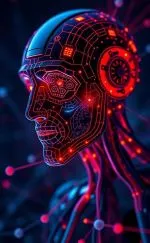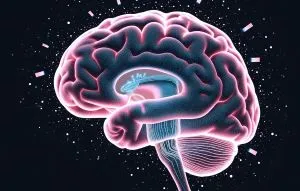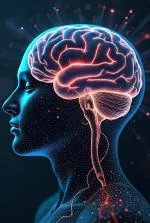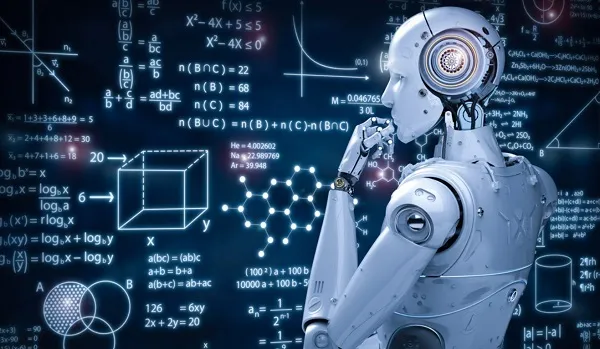
Alan Turing's paper on the development of artificial intelligence is released in 1950. In 1956, John McCarthy coined the term "Artificial Intelligence" with his explanation. Natural language processing is the term for this type of data analysis. These methods paved the way for the development of logic and rules for interpreting and constructing language, and they also represented the beginning of game theory, which found its first concrete realization in early video games. It's easy to lose sight of how recently computers came into being because of how rapidly they advanced and were ingrained in our daily lives. About eight decades ago, the first digital computers appeared.
In 1955, Allen Newell and Herbert A. Simon developed "Logic Theorist," widely regarded as the first computer software with artificial intelligence. A total of 38 out of 52 mathematical theorems had been proven by this program, and some of those theorems had even been given new, more elegant proofs. John McCarthy, an American computer scientist, first used the term "artificial intelligence" at the Dartmouth Conference in 1956. AI was officially recognized as a discipline for the first time. Between the years 1980 and 1987, complex systems were created employing logic rules and reasoning algorithms designed to appear human. Expert systems, or decision support tools that study the "rules" of a particular field of knowledge, emerged at this time. The concept of inanimate objects gaining consciousness and acting independently is not new. Ancient Greeks created robot stories, while automatons were created by engineers in China and Egypt.
There was an explosion of "Neural Networks" software between 1993 and 2009. These networks are modeled after the way biological creatures acquire the ability to recognize complicated patterns and use this knowledge to solve difficult problems. In 1966, scientists focused on creating algorithms to address mathematical issues. The original chatbot, ELIZA, was developed by Joseph Weizenbaum in 1966. WABOT-1, the world's first fully functional humanoid robot, was created in Japan in 1972. In 1997, IBM's Deep Blue became the first computer to defeat a global chess champion when it defeated Gary Kasparov. In 2002, with the introduction of the Roomba vacuum cleaner, artificial intelligence entered the household for the first time. It wasn't until 2006 that AI was widely used in business. Tech giants like Facebook, Twitter, and Netflix have also begun implementing AI.
Essentially, modern artificial intelligence relies on a process of trial and error, which is more formally known as a "Neural Network" in the scientific community. The easiest strategy to train AI is to have the system make guesses, evaluate the results, then make new guesses, gradually increasing the odds that it will eventually hit on the correct answer. In light of this, the creation of the first neural network in 1951 is all the more remarkable. Stochastic Neural Analog Reinforcement Computer (SNARC) was designed by Marvin Minsky and Dean Edmonds and was built with vacuum tubes, motors, and clutches rather than conventional electronic components. The ability of AI systems to generate images has also improved significantly. The capabilities of AI systems have improved significantly. While earlier algorithms only generated facial images, more recent models can create images from text for virtually any input.
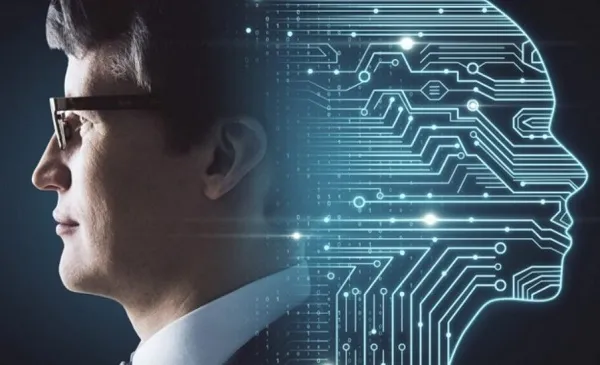
The rapid improvement of systems that parse and respond to human language is just as remarkable as the progress of image-generating AIs. Now that we have the technology to store and retrieve vast amounts of data, known as "Big Data" it has become possible to use this information in ways that were previously impossible. In this respect, the use of AI has been extremely profitable in a number of sectors, including the tech, banking, marketing, and entertainment industries. As we have seen, enormous data and massive computers merely allow artificial intelligence to learn through raw force, even if algorithms don't improve significantly. The availability of voluminous amounts of data is the first step. In the past, manual sampling was required before you could utilize algorithms for tasks like image categorization or pet recognition. Today, all it takes to locate millions is a Google search. Deep learning appears to be the most promising machine learning technology for a variety of uses, such as speech or image recognition.
Recent, Most-Used Advancements in Artificial Intelligence:
Natural Language Processing (NLP) has long been an essential aspect of AI, especially for tasks like speech recognition and virtual assistants. Natural Language Processing (NLP) is a type of AI that can interpret speech. The natural language processing used by VAs allows for highly accurate speech transcription. One of the most groundbreaking developments in artificial intelligence in recent years is the Chatbot. This AI-powered software can automatically respond to client inquiries in both oral and written language. Stroke patients require immediate medical attention, as every second counts after an attack. By determining the cause of the stroke and pinpointing its location using AI's high-quality imaging investigations, early recovery can be aided. Computer Vision, a subfield of AI, is responsible for the Face Recognition mechanism. It draws some conclusions by applying what has been learned in the psychology of face perception to the development of software. Behavioral and physical traits of a person are taken into account in Biometric Authentication.

